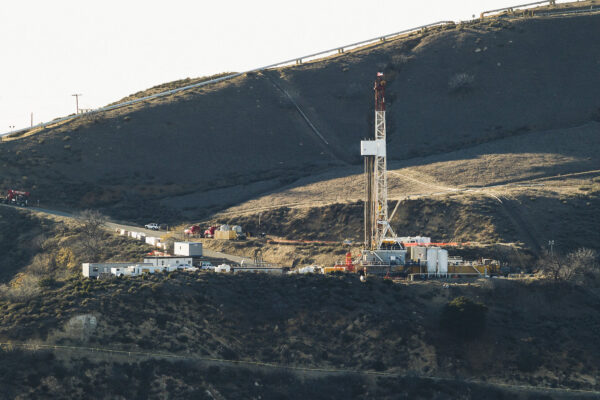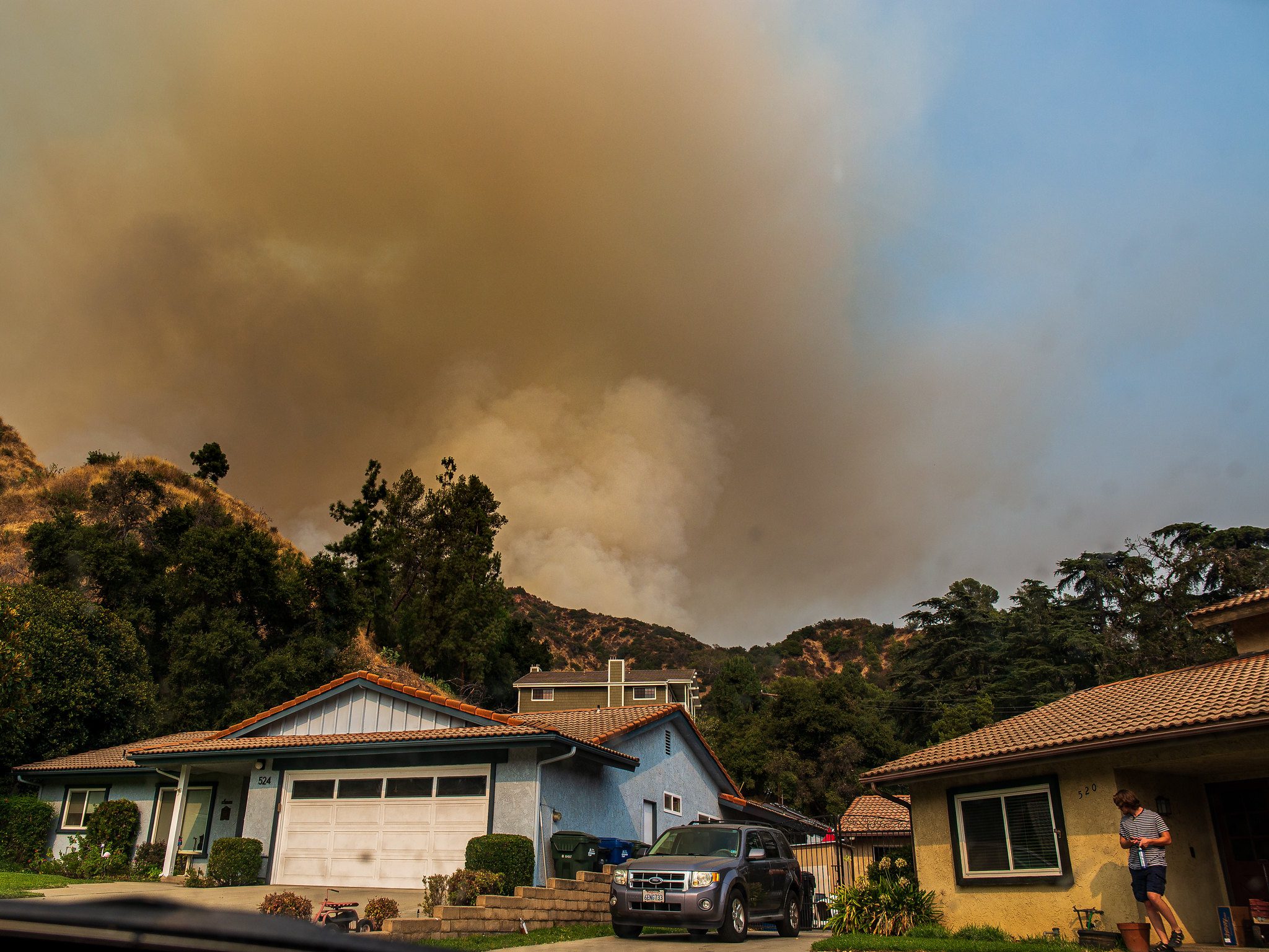Despite vehement opposition from many nearby residents, the California Public Utilities Commission on Thursday approved an increase in allowable storage capacity at the Aliso Canyon Natural Gas Storage facility near Porter Ranch, site of the largest gas leak in U.S. history.
On a 5-0 vote, the CPUC agreed to allow up to 68.6 billion cubic feet of natural gas to be stored at the facility. The previous cap was 41.1 billion cubic feet.
Southern California Gas Co. officials requested the increase, saying it is needed to ensure adequate supplies for the upcoming winter months and to keep consumers’ costs down.
Many residents balked at such claims, pointing to sharp increases in natural gas prices that occurred last winter and questioning the need to increase supplies.
In a statement, SoCalGas spokesman Chris Gilbride said the company “supports the ongoing California Public Utilities Commission’s review of the conditions that drove up natural gas commodity prices in the Western United States this past winter. The CPUC’s proposal to increase local natural gas storage levels ahead of winter is a prudent step to advance our shared goal of maintaining energy reliability at just and reasonable rates.”
Earlier this month, the CPUC announced a $71 million settlement with SoCalGas over the 2015 Aliso Canyon leak that forced thousands of residents from their homes.
The Aliso Canyon leak began Oct. 23, 2015, and wasn’t capped until mid-February 2016. Nearly 100,000 tons of methane and other substances were released into the atmosphere over 118 days.
According to the CPUC, the settlement agreement requires SoCalGas to pay $71 million in to the Aliso Canyon Recovery Account, which was created by the state Legislature to address issues arising from the leak, including air quality concerns and public health.
The utility is also barred from attempting to recover costs of the settlement from ratepayers, nor can it bill ratepayers for other financial implications from the leak, including a $1.8 billion civil settlement reached in 2021 to resolve damage claims of more than 35,000 people.
According to the CPUC, any request by SoCalGas for rate increases over the next five years must include an attestation from the company that the hikes will not be used to offset the costs of any of the specified Aliso Canyon-related expenses listed in the settlement. Those expenses include roughly $126 million in government agency settlements, $462 million in costs of housing displaced residents during the leak, $108 million for a study of the leak’s causes and $376 million for attorneys, litigation and other regulatory costs.
In September 2016, SoCalGas pleaded no contest to a misdemeanor count of failing to immediately report the gas leak. Three other misdemeanor charges — one count of discharging air contaminants and two more counts of failing to report the release of hazardous materials — were dismissed as part of the deal.
Under its $4 million settlement agreement with prosecutors, SoCalGas was required to install and maintain an infrared methane monitoring system at the Aliso Canyon site — estimated to cost between $1.2 million and $1.5 million — and to retain an outside company to test and certify that the monitoring system and real-time pressure monitors to be placed at each gas well are working properly.
The agreement also mandated the hiring of a half-dozen full-time employees to operate and maintain the new leak-detection systems 24 hours a day at a cost of about $2.25 million over three years.
The agreement also called for the company to revise and adopt new reporting policies for actual and threatened releases of hazardous materials to the appropriate agencies, and mandated training courses on proper notification procedures for all of the utility’s employees who work at natural gas storage facilities within Los Angeles County.







